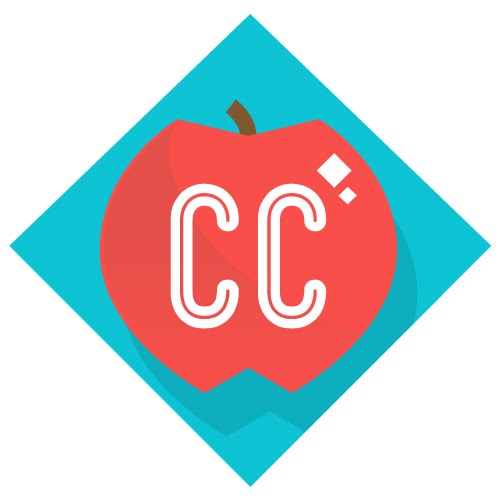2021-04-21
[public] 38.5K views, 3.24K likes, 20.0 dislikes audio only
If you were given a chemical and told to identify it, how would you go about doing that? You could look at different factors like color, boiling point, melting point, or smell, but the answer still might not be clear. Thankfully, today we have a more precise, higher-tech way of identifying chemicals called Nuclear Magnetic Resonance, or NMR. In this episode of Crash Course Organic Chemistry, we’ll look at how NMR allows us to visualize a molecule as a spectrum, and what the peaks on the spectrum tell us about the structure of the molecule.
Episode Sources:
Mahdi, J. G. (2010). Medicinal potential of willow: A chemical perspective of aspirin discovery. Journal of Saudi Chemical Society, 14(3), 317-322.
Dempsey, D.A., Klessig, D.F. How does the multifaceted plant hormone salicylic acid combat disease in plants and are similar mechanisms utilized in humans?. BMC Biol 15, 23 (2017). https://doi.org/10.1186/s12915-017-0364-8
Still, W. C., Kahn, M., & Mitra, A. (1978). Rapid chromatographic technique for preparative separations with moderate resolution. The Journal of Organic Chemistry, 43(14), 2923-2925.
Pastre, J. C., & Duarte Correia, C. R. (2006). Efficient Heck arylations of cyclic and acyclic acrylate derivatives using arenediazonium tetrafluoroborates. A new synthesis of the antidepressant drug (±)-Paroxetine. Organic letters, 8(8), 1657-1660.
Series Sources:
Brown, W. H., Iverson, B. L., Ansyln, E. V., Foote, C., Organic Chemistry; 8th ed.; Cengage Learning, Boston, 2018.
Bruice, P. Y., Organic Chemistry, 7th ed.; Pearson Education, Inc., United States, 2014.
Clayden, J., Greeves, N., Warren., S., Organic Chemistry, 2nd ed.; Oxford University Press, New York, 2012.
Jones Jr., M.; Fleming, S. A., Organic Chemistry, 5th ed.; W. W. Norton & Company, New York, 2014.
Klein., D., Organic Chemistry; 1st ed.; John Wiley & Sons, United States, 2012.
Louden M., Organic Chemistry; 5th ed.; Roberts and Company Publishers, Colorado, 2009.
McMurry, J., Organic Chemistry, 9th ed.; Cengage Learning, Boston, 2016.
Smith, J. G., Organic chemistry; 6th ed.; McGraw-Hill Education, New York, 2020.
Wade., L. G., Organic Chemistry; 8th ed.; Pearson Education, Inc., United States, 2013.
***
Watch our videos and review your learning with the Crash Course App!
Download here for Apple Devices: https://apple.co/3d4eyZo
Download here for Android Devices: https://bit.ly/2SrDulJ
Crash Course is on Patreon! You can support us directly by signing up at http://www.patreon.com/crashcourse
Thanks to the following patrons for their generous monthly contributions that help keep Crash Course free for everyone forever:
Rene Duedam, Burt Humburg, Aziz, Nick, DAVID MORTON HUDSON, Perry Joyce, Scott Harrison, Mark & Susan Billian, Junrong Eric Zhu, Alan Bridgeman, Jennifer Smith, Matt Curls, Tim Kwist, Jonathan Zbikowski, Jennifer Killen, Sarah & Nathan Catchings, Brandon Westmoreland, team dorsey, Trevin Beattie, Eric Koslow, Indika Siriwardena, Khaled El Shalakany, Shawn Arnold, Siobhán, Ken Penttinen, Nathan Taylor, William McGraw, Laura Damon, Andrei Krishkevich, Sam Ferguson, Eric Prestemon, Jirat, Brian Thomas Gossett, Ian Dundore, Jason A Saslow, Justin, Jessica Wode, Mark, Caleb Weeks
__
Want to find Crash Course elsewhere on the internet?
Facebook - http://www.facebook.com/YouTubeCrashCourse
Twitter - http://www.twitter.com/TheCrashCourse
Tumblr - http://thecrashcourse.tumblr.com
Support Crash Course on Patreon: http://patreon.com/crashcourse
CC Kids: http://www.youtube.com/crashcoursekids
/youtube/video/xMa1BQ8z9C0
/youtube/video/Liit4blsrqM?t=43
/youtube/video/Liit4blsrqM?t=65
/youtube/video/Liit4blsrqM?t=184
/youtube/video/Liit4blsrqM?t=415
/youtube/channel/UCX6b17PVsYBQ0ip5gyeme-Q
youtube.com/channel/UCwTZ-JLF5FQ3EmQ2nPaS-lg
https://www.patreon.com/crashcourse
/youtube/video/bSMx0NS0XfY

